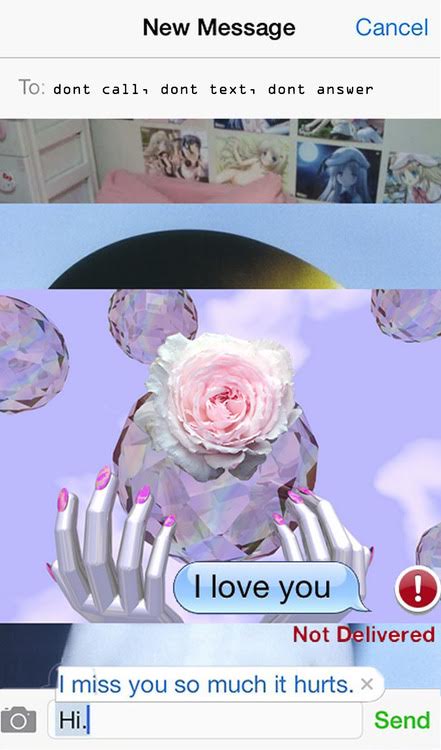BFA Senior Shireen Ahmed featured in “Real Live Online” at the New Museum’s site
Curated by Lucas G. Pinheiro and Devin Kenny
“Real Live Online” features online performances that use the web as a platform for political and artistic experimentation.
Cover Image: Amalia Ulman, The Annals of Private History, 2015 (still). Courtesy of Arcadia Missa
This is an online-only exhibition.
VIEW WORK
Artists:
Manuel Arturo Abreu
Shireen Ahmed
Zach Blas
Rutherford Chang
João Enxuto and Erica Love
Shawné Michaelain Holloway
IDPW
Amalia Ulman
“Real Live Online” is a web-based exhibition that brings together new works of live and documented net performance by eight artists and collectives. The exhibition begins at 10 a.m. on Monday, December 21, 2015, with IDPW’s twenty-four-hour live-streamed participatory sleepover Internet Bedroom. New works will be presented on an ongoing basis through January 21, 2016.
The exhibition considers performance as an expansive category that includes many aspects of everyday internet usage, from live-streaming gameplay to online relationships. In some cases, the featured works highlight the political and economic inequalities at play in these practices, such as João Enxuto and Erica Love’s Waiting for the Internet (2015), which surveys the waiting room of an overcrowded public computer lab in Atlanta where basic internet access requires a long wait. In other cases, the artists propose new forms of online performance, from a live stream of sleeping participants in IDPW’s Internet Bedroom (2015) to the networked ancestral rituals of Manuel Arturo Abreu’s Servicio Digital a Papá Legba (2015).
In the words of the curators, Lucas G. Pinheiro and Devin Kenny, the exhibition as a whole portrays the internet “as a performative, malleable, and contradictory platform for political and artistic experimentation.” Though it is characterized by unequal power relationships, the internet can still be mobilized by its users for performative aesthetic, political, and social projects, and, through these processes, it can ultimately be reimagined.

